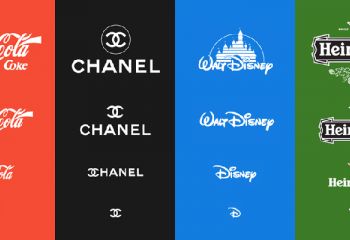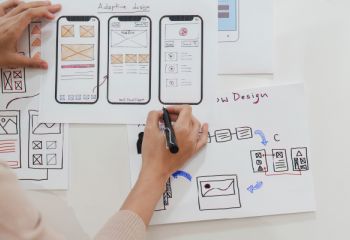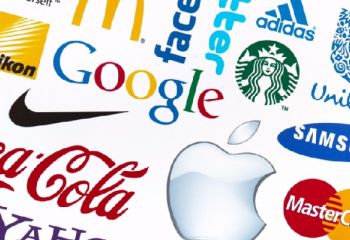
Viv Harries is the Founder of Vivi Creative. He works with businesses to give them the creative edge with unique designs and a solid brand identity.
recent posts
- What Is Branding? A Guide for Business Owners in 2025
- Thinking About Rebranding Your Business in Wales? Here’s What You Need to Know
- How to Build a Brand That Connects Emotionally with Your Audience
- How to Build a Website That Actually Converts Visitors into Customers
- The Ultimate Guide to Branding for Welsh Businesses in 2025
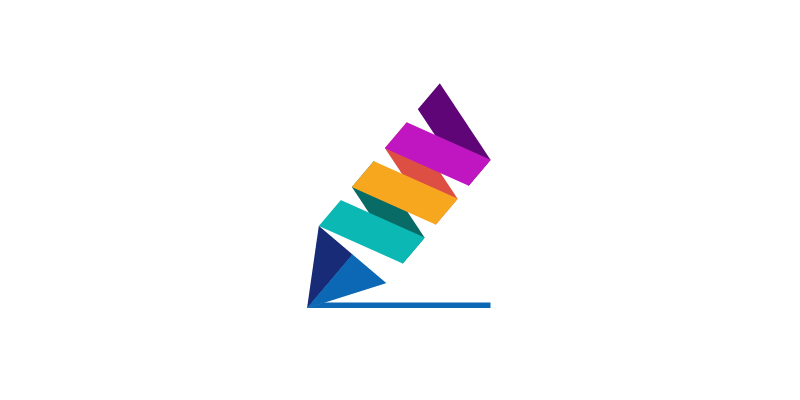
How to Hire a Great Logo Designer
A successful brand needs an awesome logo that is unique, memorable and most importantly true to the underlying identity of the company.
Your logo needs to differentiate you from your competition, whilst staying true to your brand's personality, identity and ethos.
Finding a designer is a minefield for companies as there are so many options available to you online, with varying prices and skill sets.
The following article was written by the team at Toptal.com, and it explains "how to hire a great logo designer".
Below is an exert from the post; you can read the full article here.
I hope you enjoy reading it as much as we did at Vivi Creative.
How to Hire a Great Logo Designer
Hiring a top logo designer builds the foundation of defining your brand messaging and overall experience. Although this can be a challenging phase of the branding journey, your logo is also one of the most important aspects of your brand identity. This hiring guide looks at understanding the key roles of a logo designer within your business as well as the skill sets required to successfully design your company logo.
Most designs are ephemeral. A new website design, a brochure design, a social media image—they’re obsolete within a few years, if not a few days.
Logo designs are different. A good logo can last for decades. The oldest logos still in use (Lacoste and Chanel, designed in 1927 and 1925, respectively) are approaching 100 years old.
"If you do it right, it will last forever." –Massimo Vignelli
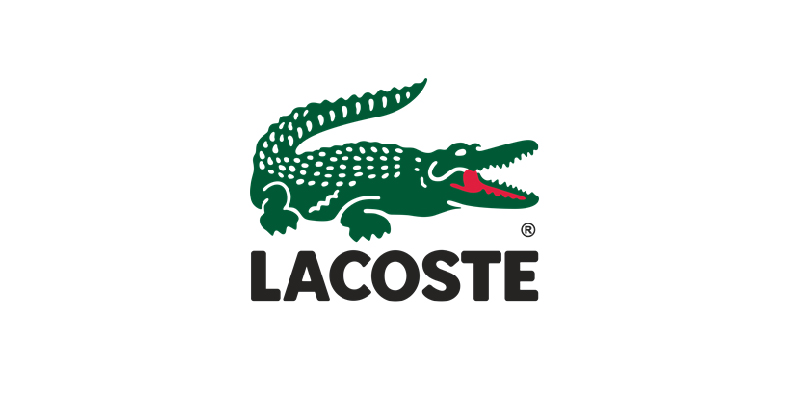
Because of the timeless nature of the best logo designs, hiring a logo designer takes a carefully considered plan. It’s not a process to rush through if you expect to get the kind of long-lasting design results the best logos achieve.
What Is a Logo Designer?
In the simplest terms, professional logo designers create a mark, symbol, signature, and/or typographic design used to represent or identify a business. Logos are prominent in everyday life, appearing on everything from advertisements to websites to products.
Responsibilities
- Discuss logo concepts with clients
- Research a business’s target audience to produce a logo that improves brand recognition
- Understand the motive behind the company logo
- Understand the company’s core values and brand
- Create sketches or mockups of ideas for new logo designs based on design needs
- Refine initial logo sketches into a finished design, based on client feedback
- Test logo design to ensure it achieves the brand’s needs
- Understand the variety of media a logo might be used for
- Produce final logo files as needed
Related Professions
Some logo designers focus solely on logo design. Others may create logos as a subset of other branding or graphic design services.
Graphic Designers
Graphic designers create designs for everything from logos to marketing materials to graphics for products (such as T-shirt designs). Graphic designers often create designs for both print and digital media (visual designers, sometimes confused with graphic designers, focus solely on digital media).
Branding Designers
Branding designers create logos in addition to other brand marketing materials. They’re responsible for the overall look and feel of the entire brand, as opposed to the logo alone. In some cases, brand designers will design a logo in addition to other materials; in other cases, they’ll work with a logo designer to craft a logo that fits the overall branding.
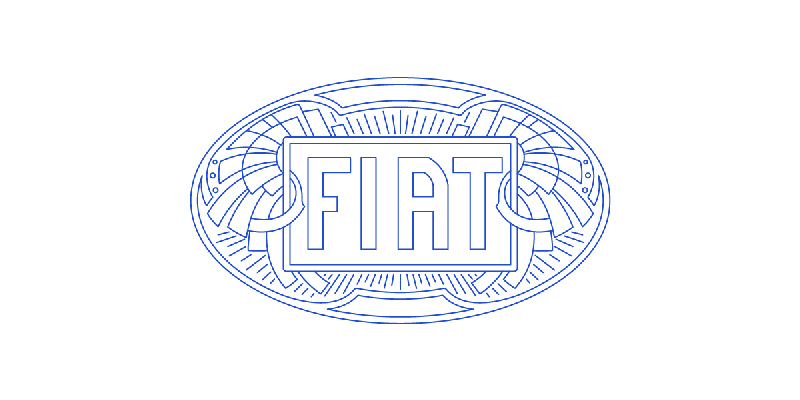
Fiat used this ornate, Art Deco logo on its vehicles for nearly 18 years at the start of the 20th century.
Your Logo Design Project
It’s critical to define the scope of your logo design project before you hire a freelancer. Consider where and how the logo will be used. Will it be used only on company marketing materials (including things like business cards or letterhead), or will there also be products that feature the logo? Will it be used strictly digitally or will it also appear in print? Does there need to be a monochrome version or will it only be used in colour? Those are important considerations to hammer out ahead of time.
It’s also prudent to consider what you like about your current logo. Are there things you want to keep? Are there certain recognisable characteristics (such as a mark or a colour palette) that you want to keep to maintain brand recognition? Make note of such things and include it in your project brief.
Define what you want the new business logo to do for the brand identity. Logos are the face of a brand and a company, whether they’re multinational corporations or small businesses. They’re often the first impression a new customer gets of what the company stands for. They help to set one brand apart from others. A logo also conveys what the brand stands for and can convey its values as well.
Another important thing to note in the scope of the project is the phase that it’s in. Has market research been done? Has customer research or interviews been conducted? This is important because it impacts not only the cost of a project but also the timeline to complete it.
What to Look for in a Professional Logo Designer
Expert logo designers have a strong grasp of the principles of design. They’ve mastered concepts like balance, emphasis, proportion, and white space. Further, they know how to implement these principles effectively to create a company logo design that’s both visually appealing and conveys the brand’s message.
Professional logo designers also need a strong grasp of typography and colour theory. Creating a wordmark logo is more than just picking a font. At the very least, designers generally adjust things like kerning in a wordmark. In many cases, though, they may create custom lettering, which requires a more in-depth understanding of typographic principles.
Understanding the impact of colour on the impression a logo gives is also essential. Different shades of the same hue can have very different impressions—consider lime green vs. forest green, for example.
The best logo designers should also be experts at incorporating feedback from stakeholders, including marketing teams, other designers, and business owners. Since great logos are so important to a company’s image, they sometimes go through more rounds of feedback and revisions than other design projects. Designers who are resistant to feedback can slow down the process and generally make the project more difficult to complete.
The freelancer interview process is an important step in choosing the right logo designer. In addition to the answers to the questions, getting a feel for the designer’s personality and how they’ll fit in with the design team and stakeholders overall is important. A designer who’s a good fit for the company’s culture will have a better grasp of what the perfect logo will represent.
Beyond the interview, you should also review any potential designer’s portfolio of completed projects. Beware of candidates who only have conceptual designs in their portfolios and no business logo design projects that are in actual use. While this can be a good showcase of their grasp of design skills, conceptual projects don’t necessarily test a designer’s ability to successfully incorporate business needs.
Ask designers which tools they use. Companies should be flexible enough to allow their designers to use the tools they’re most comfortable with, but if there are certain programs they’ll need to use to work with others on the design team, it’s good to know up front if they’re proficient with those programs.
Getting Started
Before you hire a logo designer, you’ll need a few things in order. Proper planning will make the entire process smoother.
A project brief that includes the scope and deliverables required (such as specific file types or versions of the logo) as well as timelines, goals, and milestones, and any special requirements.
If you want to read the rest of this article about how logo design process works and tips to working with remote designers please click the link here.
Thanks for reading
